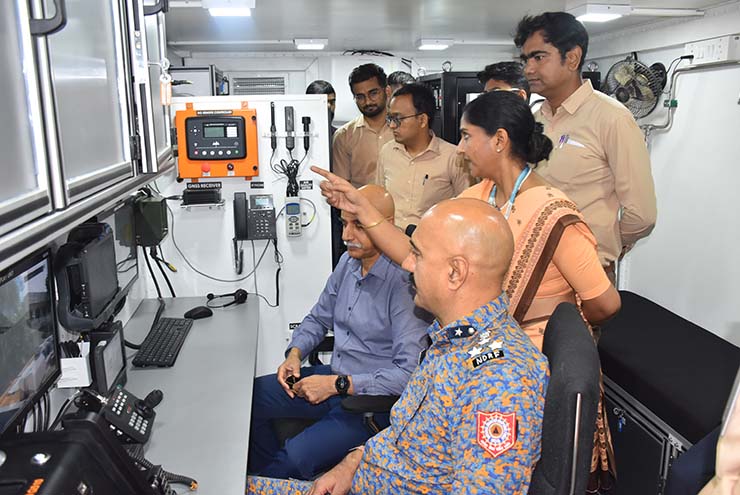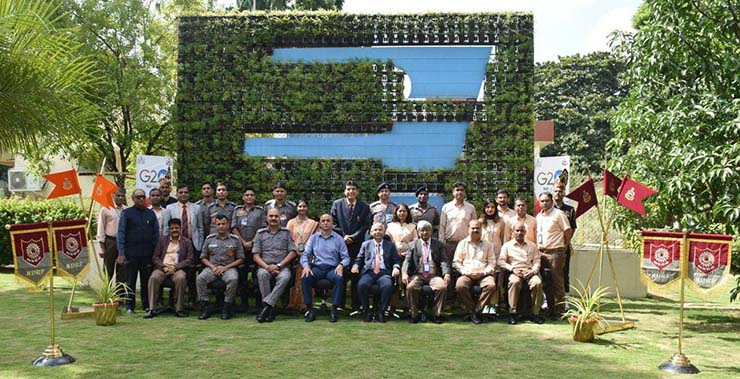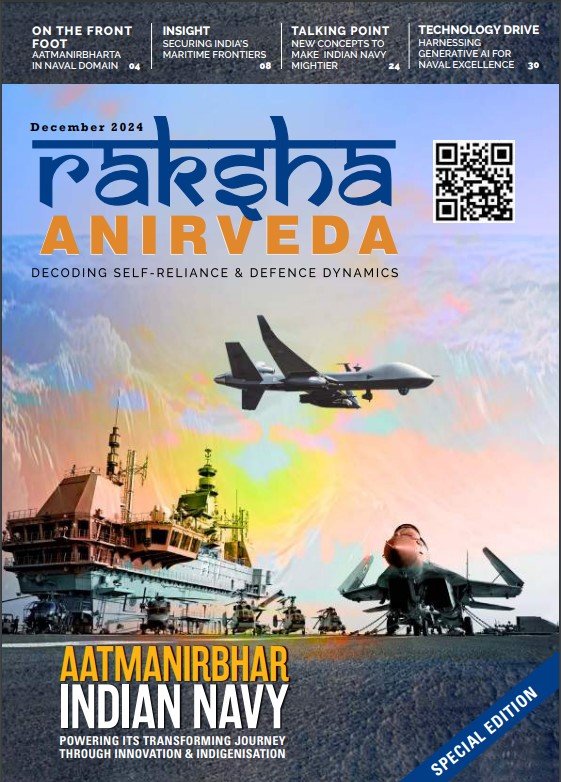Pune: Defence PSU Bharat Electronics Limited (BEL) has designed and manufactured a customised Chemical Biological Radiological Nuclear (CBRN) HAZMAT (Hazardous Material) Vehicle in a record time for the National Disaster Response Force (NDRF).
At a ceremony held on August 30, 2023 at BEL’s Pune Unit, which has designed and manufactured this Vehicle, Atul Karwal, IPS, Director General, NDRF, and Bhanu Prakash Srivastava, Chairman & Managing Director, BEL, flagged off the first of the CBRN HAZMAT Vehicles.
Exceeding the expectations of the customer, BEL was able to design, manufacture and supply this state-of-the-art system ahead of the deadline. This vehicle is yet another achievement in BEL’s Make in India and Aatmanirbhar Bharat initiatives.
The CBRN (Chemical Biological Radiological Nuclear) HAZMAT (Hazardous Material) Vehicle is used to detect, monitor and respond to hazardous chemical, biological or radiological incidents, where it is vital to plug / seal the source of contamination to contain any further release of hazardous substance.

The vehicle has operational endurance in a fully enclosed, over-pressurised CBRN Shelter with NBC Filtration & Air Conditioning Unit. It has a spacious Operator Compartment integrated with a wide range of user-friendly Chemical-Biological-Radiation-
The Vehicle provides a platform to take the responders up to the source of leak and facilitates the responders in case of a CBRN disaster, where moving on foot would not be feasible. It is integrated with NBC Filtration System for keeping the Vehicle safe in an NBC contaminated area. It provides fresh air for 6 personnel.

The state-of-the-art Control Console is used to monitor the operation of various equipment on board. Integrated, dedicated software allows the operator to fully evaluate the live data and display it on the vehicle console and in the Command Centre.
The Vehicle is also integrated with Hazard Prediction Software that takes inputs from the observer about CBRN threat, environmental data from the weather sensor and positioning data from the on-board GPS system and provides a realistic picture of the whole scenario to the Command & Control Centre, which will enable planning of rescue operations and further course of action.
It is equipped with three layers of communication – VHF, HF and Satellite Communication for hassle-free live audio, video and data communication between responders, Vehicle and Command Centre situated remotely.
The systems on board also capture the responder’s health data live in order to plan rescue and replacement. The Vehicle also contains decontamination chambers for decontaminating responders re-entering the vehicle after operations.





